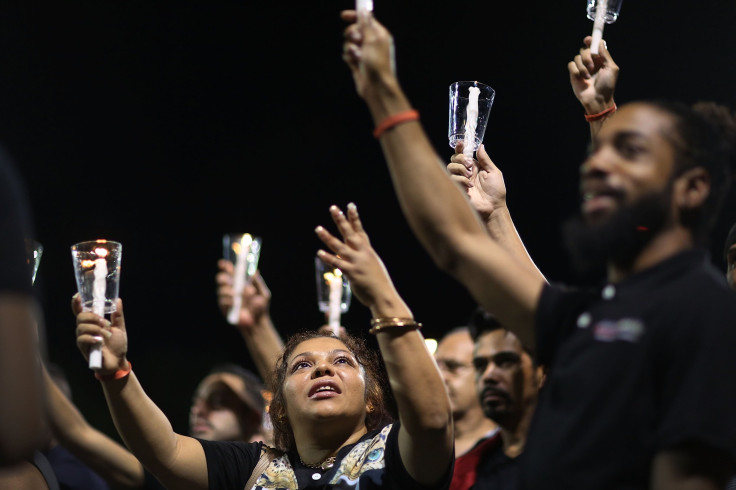HIV Infection Rates 2015: For Gay Black Men, New Diagnoses May Have Plateaued

New infections among the group of people who are at greatest risk of acquiring HIV, the human immunodeficiency virus that causes AIDS, may have finally begun to level off, the U.S. Centers for Disease Control and Prevention said Sunday at a conference in Atlanta. CDC officials said the findings offered hope, while other experts pointed out how much remains to be done. New cases in gay Hispanic men, for instance, continue to grow.
New cases of HIV diagnosed in gay and bisexual black men have increased by less than 1 percent since 2010, according to the new CDC figures, the Associated Press reported Sunday. That group constituted about a quarter of the some 40,000 new cases of HIV that were diagnosed in the U.S. in 2014. While the number of people with HIV continues to grow, the rate of infection has been relatively stable overall, although it varies by population group.
In 2010, the highest number of new HIV infections were found in black or African-American men who had sex with men and who were 13 to 24. That group made up more than half -- 55 percent -- of new HIV infections among young men who had sex with men. That same year, blacks accounted for an estimated 44 percent of all new HIV infections in the U.S., even as they made up just 12 percent of the country's population.
The near-stabilization of new infection rates among gay and bisexual men provided a reason for hope, Jonathan Mermin, the director of the CDC's National Center of HIV/AIDS, Viral Hepatitis, STD and TB Prevention, said Sunday, the AP reported. But Carlos del Rio, a co-director of the Emory Center for AIDS Research at Emory University, warned: "Stabilizing at 10,000 is not a reason to celebrate."
More than 1.2 million people in the United States are infected with HIV, according to the CDC, and nearly 13 percent don't know it. In terms of race, African-Americans and blacks "face the most severe burden of HIV," the center has said, while men who have sex with men "continue to bear the greatest burden of HIV infection."
In 2012, an estimated 13,712 people diagnosed with AIDS died in the United States, according to the CDC. AIDS is the final stage of HIV, which weakens the body's immune system so that patients sickened with it struggle to fight off infections and diseases. Without treatment, people diagnosed with AIDS typically live three years. Treatment, however, can help slow the progression of the disease and reduce the chance of transmitting it to another person.
© Copyright IBTimes 2025. All rights reserved.






















